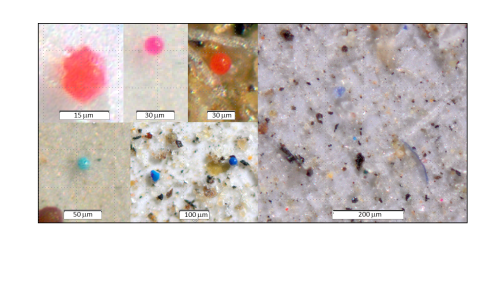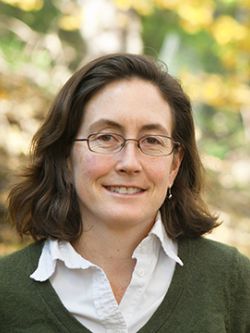Event Date/Time
Location
Room 222
Series/Event Type


Abstract: Plastic pollution is one of the most pressing environmental and social issues of the 21st century. Recent work has highlighted the atmospheric role in transporting human-derived microplastics to remote location. Here we use in situ observations of microplastic deposition combined with an atmospheric transport model and optimal estimation techniques to test hypotheses of the most likely sources of atmospheric plastic. Results suggest that atmospheric microplastics are primarily derived from secondary re-emission sources including road, ocean, and soil sources. However, due to limited observations and understanding of the source processes, there are still large uncertainties in source attribution. In the western USA, the dominant sources of microplastic were from roads (84%), the ocean (11%) and agricultural dust (5%). Using our best estimate of plastic sources and modeled transport pathways, most continents were net importers of plastics from the marine environment, underscoring the cumulative role of legacy pollution in contributing to the atmospheric burden of plastic. This effort is the first to use high resolution spatial and temporal deposition data along with different hypothesized emission sources to constrain atmospheric plastic. Parallel to global biogeochemical cycles, plastics now spiral around the globe with distinct atmospheric, oceanic, cryospheric, and terrestrial lifetimes. Though advancements have been made on the manufacture of biodegradable polymers, our data suggest that the non-biodegradable polymers will continue to cycle through the surface Earth. Because of the limited observations and knowledge, there remain large uncertainties in the sources, transport and deposition of microplastics. Thus, we prioritize future research directions for understanding the plastic cycle.
Speaker Bio
